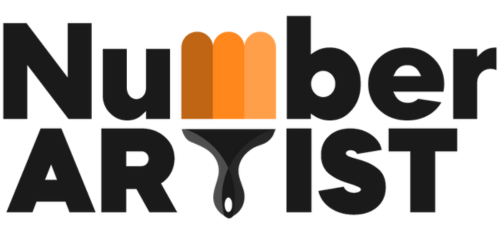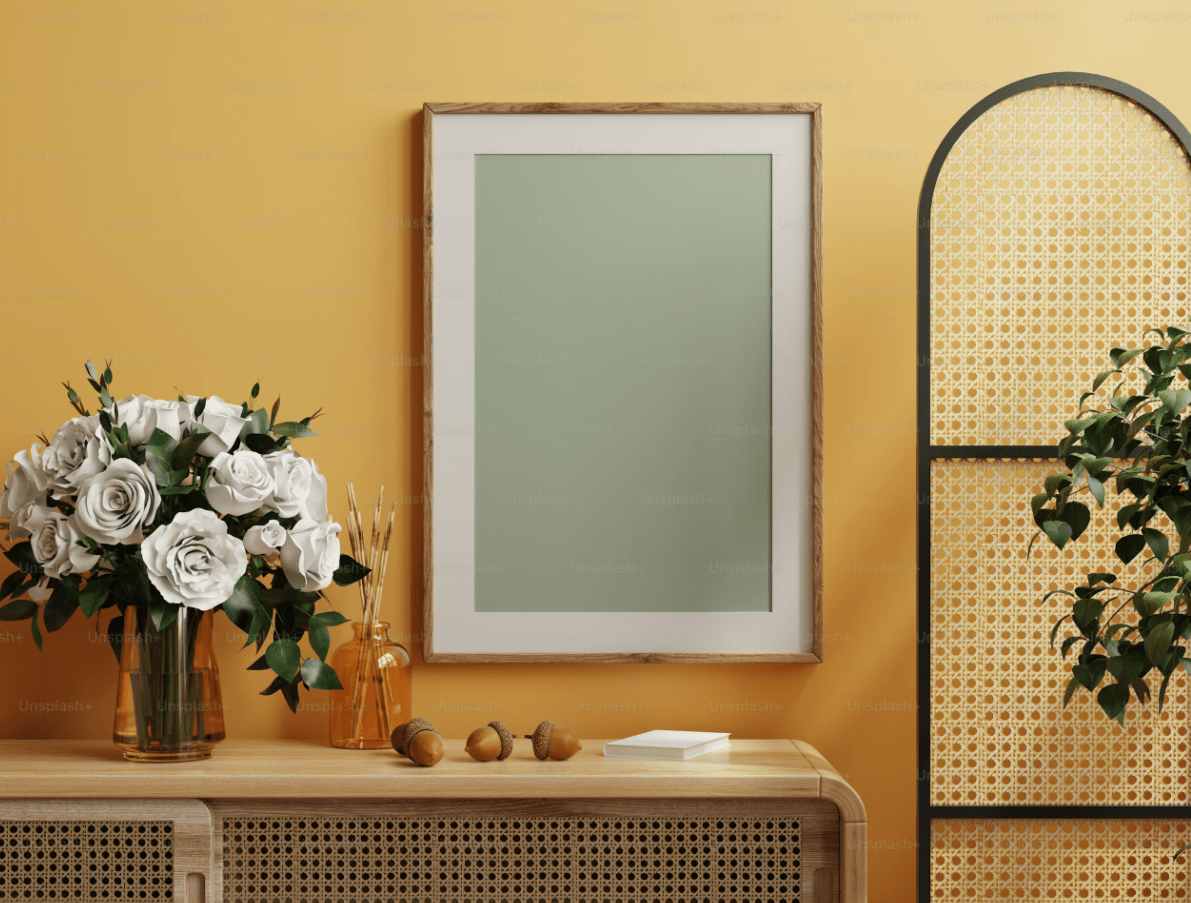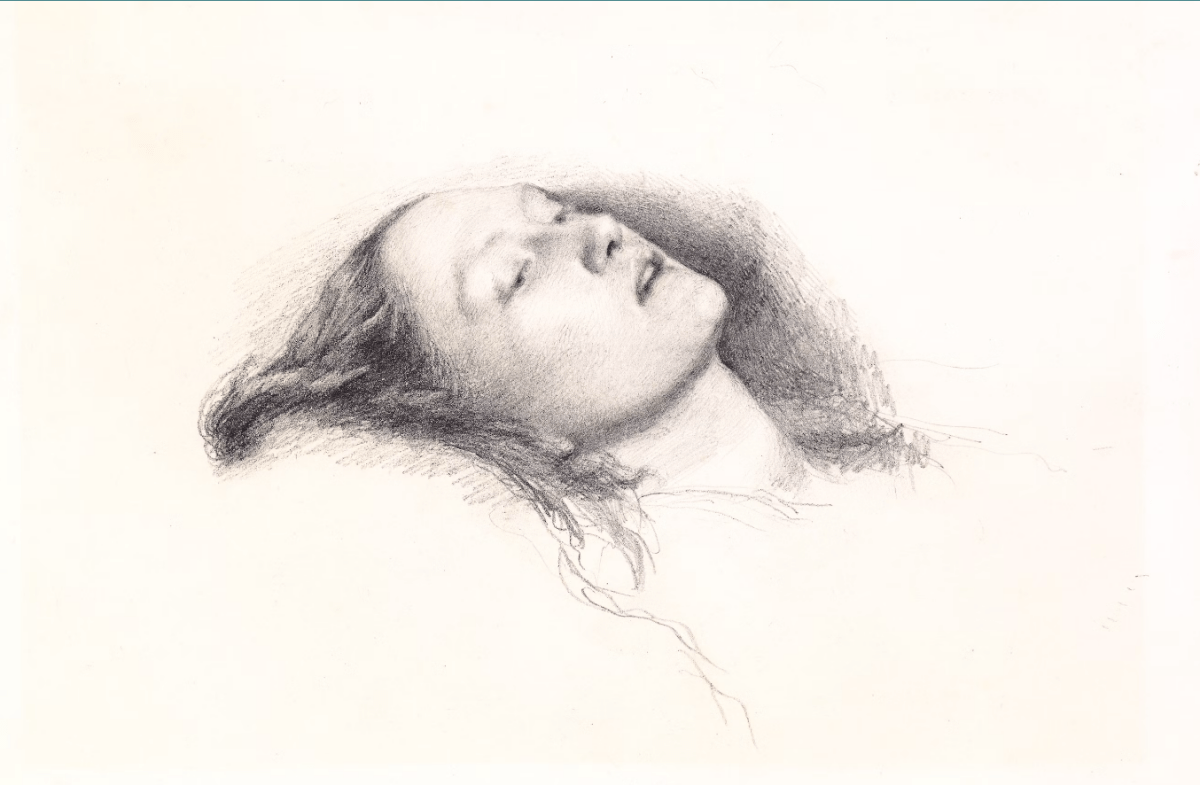Different Drawing Techniques You Must Know About

Drawing seems simple enough, but saying that drawing is simple is very disingenuous. Asking a person if they can draw is like asking them if they can play chess. They can answer yes, and you still have no idea if they just know how the pieces move or if they know a few openings and tactics that would make them a decent enough player.
To prove that drawing is far from simple, here are a few different drawing techniques you’ll have to learn in order to get the right to say that you’re good at drawing.
Sketching

We’re starting our list with sketching as a form of drawing, which is also one of the most important art techniques out there. Even when not drawing but painting, you’re probably starting with sketching. It’s a preliminary step in creating a more detailed image. It helps you focus on what’s the most important.
Because of what it’s used for, this is a technique that needs to be mastered by every single artist out there.
Now, most people think of sketching as a preliminary step in painting or more complex drawing, but it is an art form in its own right. Creating minimalist images is quite satisfying, but it can be horribly underestimated.
Most commonly, this is done with pencils, charcoals, or pens.
Contour drawing
Contour drawing is one of the most important and simplest drawing techniques, which relies on drawing a silhouette without any details. In some scenarios, it can be done in a single continuous move. This is a great way to improve hand-eye coordination, and it’s vital for segmenting the image.
What you’re actually trying to do here is focus on the preparatory work of a future drawing and try to figure out which of the elements are meant to occupy which space. This is a crucial step in your planning stage, as well as capturing the essential structure of the object you’re painting.
Experienced artists do not even look at the paper when doing this; they base their motion on the overall feel.
Shading

Shading means creating the volume depth and creating an illusion of light and shadow to the objects you’re drawing. The way this is achieved is by combining different tones of gray and black to create an illusion of the way light creates shadow in third dimension. While others learn this with painting by numbers for adults, shading can be quite efficient at it, as well.
When it comes to different drawing techniques, the reason why this one is so important is because it’s where you get to make a difference between a beginner and an advanced at drawing.
You must have seen those videos on YouTube, Facebook, and TikTok, where they show a drawing of an object made by a beginner, an advanced, a professional, and an artist. Usually, the difference is in shading.
Gesture drawing
Most people draw things standing but capturing the movement, posture, and basic structure of a subject. This is an incredibly quick form of drawing, usually done in under a minute by professionals. It’s useful for those looking to capture the flow of the body, not its detailed anatomy. This is why you get a pass for small inaccuracies here and there.
This is one of a few techniques in art that capture fluidity and spontaneity above accuracy.
The point is that you catch the overall essence of the pose. According to specialists behind Number Artist, it’s a common assignment for students just learning to draw since it helps them capture a dynamic pose rather than note down all the details.
Cross-hatching
Have you ever seen people on Facebook and YouTube draw pictures with the help of strings? Well, this is something that you can easily do with pencil lines, as well. The technique is called cross-hatching, and it’s just a different approach to the concept of shading. Here, instead of creating shade the old-fashioned way, you’re actually doing it by drawing thicker lines or putting them closer together.
While it’s more difficult, the technique is much better for creating a better sense of volume and three-dimensionality. In fact, among different drawing techniques, this one is probably the best at creating this basic form of the third dimension.
Blending

Blending gives you a way of smoothing and merging different shades or colors in order to create a seamless transition between tones. This is an advanced drawing technique, one that you’ll see in photorealist images and even on some famous autoportraits.
While you can do this with a pencil, it’s far better to do it with something like charcoal or pastels. This way, the blending will be more seamless, and it will look like it usually looks in nature.
Keep in mind that while you can do this by finger, it will be far more accurate to use a specialist tool like a blending tissue.
Scribble
Scribble is one of the most expressive drawing styles. It allows you to disregard the center (opposite to contouring) completely and just freehand create shapes and textures without clearly defined borders. This allows you to make more spontaneous and energetic drawings by using random or semi-controlled marks to fill in areas or build up a sense of movement.
Scribbling is also far easier to combine with shading or cross-hatching, which means that it’s a technique that’s best left for one who has managed to move past the stage of a beginner. This gives one the freedom to explore by combining different styles and techniques, making it great for improving your drawing skills.
Hatching
Then, you have the technique of hatching, which is a drawing technique where you use closely spaced parallel lines to build up texture, shading, and tone. It’s similar to cross-hatching, and it’s often used together with this technique so that it can add more depth and immersion.
Other than just being used with pencil, this method works amazingly well with ink. All you need is black ink, and with the right technique, you can easily create a sense of depth and shadow. It’s an underestimated sketching technique that takes a while to master, but it gives amazing results.
Dots

Stippling or dotting is a technique where the artist uses small dots to build up texture, tone, and shading. You’ve seen this one on social media, as well; you must have. It’s all about understanding how every single motion (in this scenario, a dot) contributes to a bigger picture. It’s also about how you sometimes have to move away from the picture to see it.
According to specialists retailing high-quality custom paint by number canvases, this method is actually quite similar to their own products. At the start, all you see are numbers, and you have no idea how they will come together to create a unified piece. The closer you come to the end, the better the result you’re facing.
Smudging
Lastly, you have smudging, a technique where an artist deliberately blurs or softens lines and shading in order to create a smoother, more cohesive appearance. The point of this method is to put an emphasis on the whole image, not its individual parts or edges.
The artists use fingers, stumps, or tissues in order to smudge. It’s similar to blending, but it’s far more elaborate, and it allows a smoother transition between light and dark colors.
Among the different drawing techniques we displayed on this list, this might be the most advanced one.
Only after understanding these techniques will you fully understand drawing
At the end of the day, you must remember that you’ll be using different drawing techniques even when drawing the same image. Also, skills you develop while learning one technique might overlap with another. This will allow you to passively become better at drawing one step at a time.


